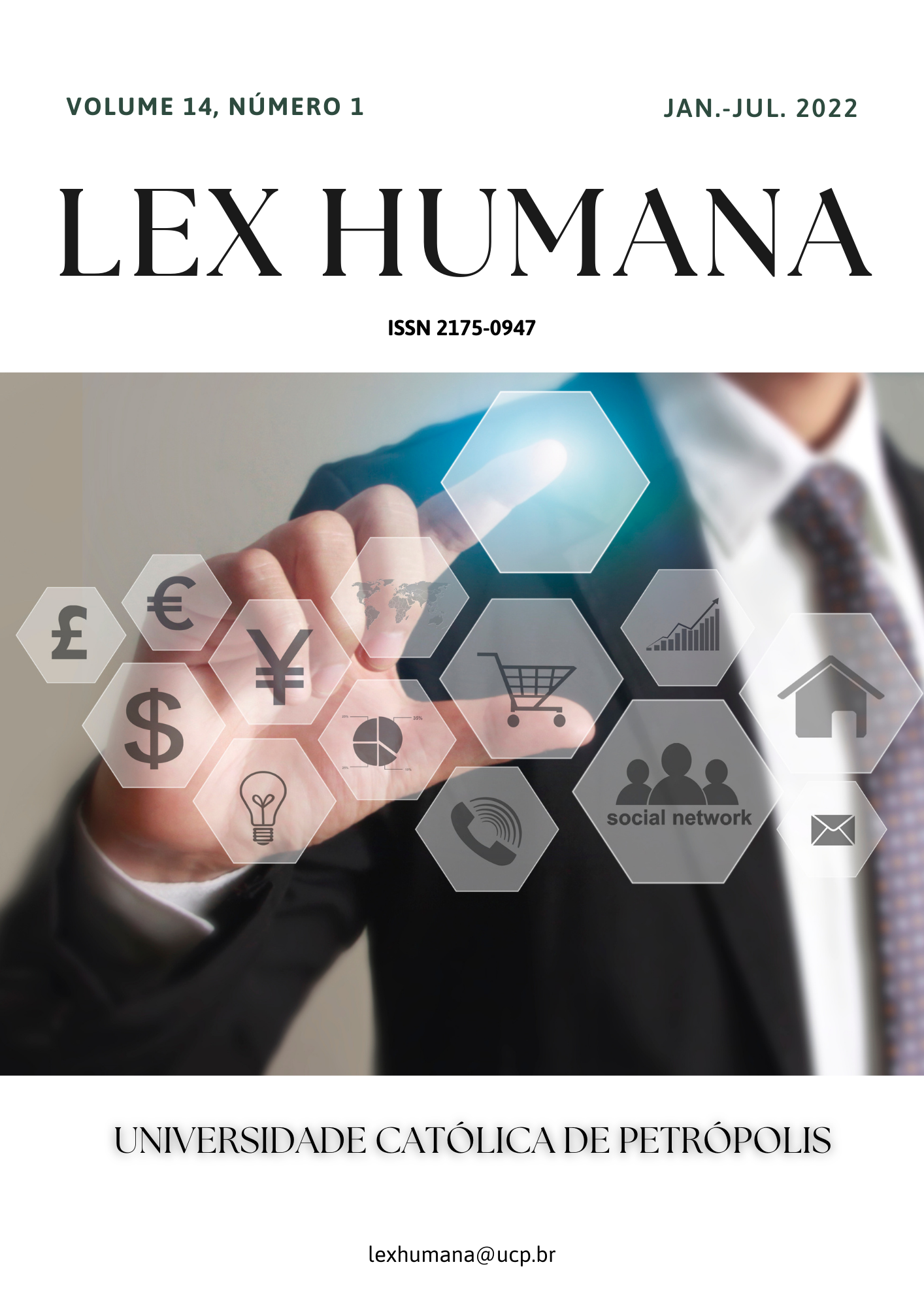Resumo
Nos últimos 15 anos, o conceito de cidades inteligentes (smart cities) tem vindo a ganhar cada vez mais relevo e, bem assim, a dissipar-se por todo o mundo. As cidades, assumem um papel fundamental para as novas realidades que o planeta enfrenta, quer ao nível de sustentabilidade, quer das tecnologias de comunicação e informação (TIC), quer, ainda, de outros desafios societários, com impacto nos mais diversos setores de atividade. O presente artigo, pretende não só demonstrar a importância deste conceito e da implementação das cidades inteligentes em termos práticos, como também de um conceito que surge amplamente associado – eco-city – bastante presente na cidade em estudo, a cidade de Masdar, situada nos Emirados Árabes Unidos. Como principais conclusões importa destacar que é ainda longo o caminho para a implementação de mais exemplos como o da cidade de Masdar e que essa evolução certamente decorrerá a diferentes ritmos e com diferentes intensidades na medida em que a disparidade existente entre as diferentes regiões, os diferentes países e os diferentes continentes, serão sinónimo de uma proliferação de exemplos com sucessos e alcances distintos, que devem ser monitorizados e devidamente acompanhados no futuro.
Referências
ABDALA, L. N., SCHREINER, T., COSTA, E. M.; SANTOS, N. Como as cidades inteligentes contribuem para o desenvolvimento de cidades sustentáveis? Uma revisão sistemática de literatura. International Journal of Knowledge Engineering and Management, 3(5), p. 98–120, 2014.
Abu Dhabi Future Energy Company (ADFEC). “Building the World’s Most Sustainable City.” September 2010.
AHVENNIEMI, H., HUOVILA, A., PINTO-SEPPÄ, I.; AIRAKSINEN, M. What are the differences between sustainable and smart cities? Cities, v. 60, p. 234–245, fev. 2017.
CAPDEVILA, I.; ZARLENGA, M. I. Smart City or Smart Citizens? The Barcelona Case. p. 1–16, 2015.
CARAGLIU, A., DEL BO, C.; NIJKAMP, P. Smart cities in Europe. Proceedings of the 3rd Central European Conference on Regional Science, Košice, p. 1–15, 2009.
CUGURULLO, F. How to Build a Sandcastle: An Analysis of the Genesis and Development of Masdar City. v. 20, n. 1, p. 23–37, 2013.
CUGURULLO, F. Urban eco-modernisation and the policy context of new eco-city projects: Where Masdar City fails and why. Urban Studies, v. 53, n. 11, p. 2417–2433, 29 maio 2015.
DE JONG, M.; YU, C.; JOSS, S.; WENNERSTEN, R.; YU, L.; ZHANG, X.; MA, X. Eco city development in China: addressing the policy implementation challenge. Journal of Cleaner Production, v. 134, p. 31–41, 2016.
FERREIRA, A.; OLIVEIRA, F. Planning cities beyond digital colonization? Insights from the periphery. Land Use Policy, v. 114, 2022.
GARNETT, K.; VAN CALSTER, G.; REINS, L. Towards an innovation principle: na industry trump or shortening the odds on environmental protection? Law Innov. Technol. v. 10 (1), 1–14, 2018.
GIBSON, D. V.; KOZMETSKY, G.; SMILOR, R. W. The Technopolis phenomenon : smart cities, fast systems, global networks. Lanham, Md.: Rowman & Littlefield Publishers, 1992.
GIFFINGER, R., FERTNER, C., KRAMAR, H.; MEIJERS, E. City-ranking of European medium-sized cities. n. October, 2007.
GRIFFITHS, S.; SOVACOOL, B. K. Rethinking the future low-carbon city: Carbon neutrality, green design, and sustainability tensions in the making of Masdar City. Energy Research & Social Science, v. 62, p. 101–368, abr. 2020.
HARRISON, C., ECKMAN, B., HAMILTON, R., HARTSWICK, P., KALAGNANAM, J., PARASZCZAK, J.; WILLIAMS, P. Foundations for Smarter Cities. IBM Journal of Research and Development. v. 54, n. 4, p. 1–16, 2010.
JOSS, S.; MOLELLA, A. P. The Eco-City as Urban Technology: Perspectives on Caofeidian International Eco-City (China). Journal of Urban Technology, v. 20, 115–137, 2013. ISSN 10630732.
LAU, A. Masdar City: A model of urban environmental sustainability. Stanford Undergraduate Research Journal, v. 11, p. 77–82, 2012.
LAYLIN, T. Masdar City: Small Hiccups, Or Total System Failure? Green Prophet. August 2010.
LEE, J. H., PHAAL, R.; LEE, S. H. An integrated service-device-technology roadmap for smart city development. Technological Forecasting and Social Change, v. 80, n. 2, p. 286–306, fev. 2013.
MENDES, I. D. O.; CORREIA, P. M. A. R.; SERRA, A. D. C. S. DA SMART GOVERNANCE ÀS SMART CITIES. REFLEXÕES COMPARATIVAS SOBRE O CAMINHO TRILHADO E O FUTURO DESEJADO COM BASE NO EXEMPLO DE DUAS CIDADES PORTUGUESAS. Revista Estudo & Debate, Editora Univates, v. 28, 10 2021. ISSN 1983-036X.
MUSTERD, S.; OSTENDORF, W. Creative Cultural Knowledge Cities: Perspectives and Planning Strategies. Built Environment, v. 30, n. 3, p. 189–193, 1 set. 2003.
NAM, T.; PARDO, T. A. Conceptualizing smart city with dimensions of technology, people, and institutions. n. February 2014, p. 282–291, 2011.
RAMIREZ, M., DA SILVA, C., PROCTOC, I., FOX, B.; ASUNCION, M. T. University of Florida International Review Sprin. p. 1–52, 2011.
RIZZON, F; BERTELLI, J.; MATTE, J.; GRAEBIN, R., E.; MACKE, J. Smart City: Um Conceito Em Construção. Revista Metropolitana de Sustentabilidade, v. 7, p. 123–142, 2017. ISSN 2318-3233.
SCHUURMAN, D.; BACCARNE, B.; DE MAREZ, L. Smart Ideas for Smart Cities: Investigating Crowdsourcing for Generating and Selecting Ideas for ICT Innovation in a City Context. Journal of theoretical and applied electronic commerce research, v. 7, n. 3, p. 11–12, 2012.
SELADA, C.; SILVA, C. As Cidades Inteligentes na Agenda Europeia: Oportunidades para Portugal. n. 1, p. 1–31, 2020.
WASHBURN, D., SINDHU, U., BALAOURAS, S., DINES, R. A., HAYES, N. M.; NELSON, L. E. Helping CIOs Understand “Smart City” Initiatives: Defining the Smart City, Its Drivers, and the Role of the CIO. Cambridge, MA: Forrester Research, Inc. 2010.
WORLD COMMISSION ON ENVIRONMENT AND DEVELOPMENT. “Our Common Future.” New York: Oxford University Press, 1987. Print.
YIGITCANLAR, T.; HOON, H.; KAMRUZZAMAN, MD; IOPPOLO, G. The making of smart cities: Are Songdo, Masdar, Amsterdam, San Francisco and Brisbane the best we could build? v. 88, n. August, p. 104187 –, 2019.
ZANELLA, A., BUI, N.; CASTELLANI, A. Internet of Things for Smart Cities. IEEE Internet of Things Journal, v. 1, n. 1, p. 22–32, fev. 2014.

Este trabalho está licenciado sob uma licença Creative Commons Attribution-NonCommercial-NoDerivatives 4.0 International License.
Copyright (c) 2022 Lex Humana (ISSN 2175-0947)

